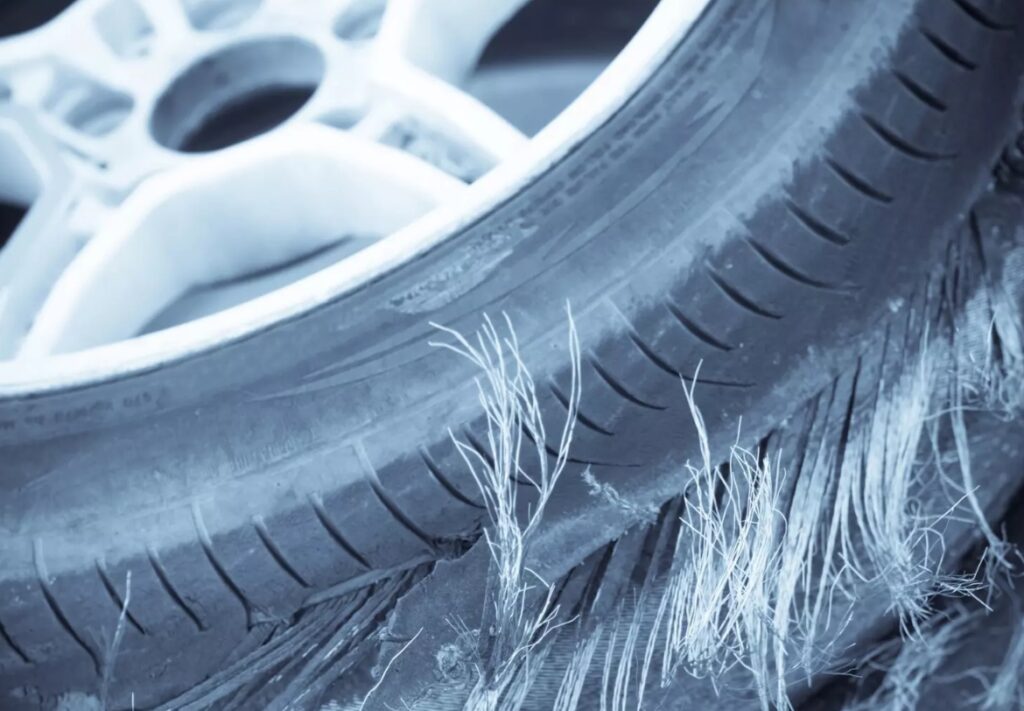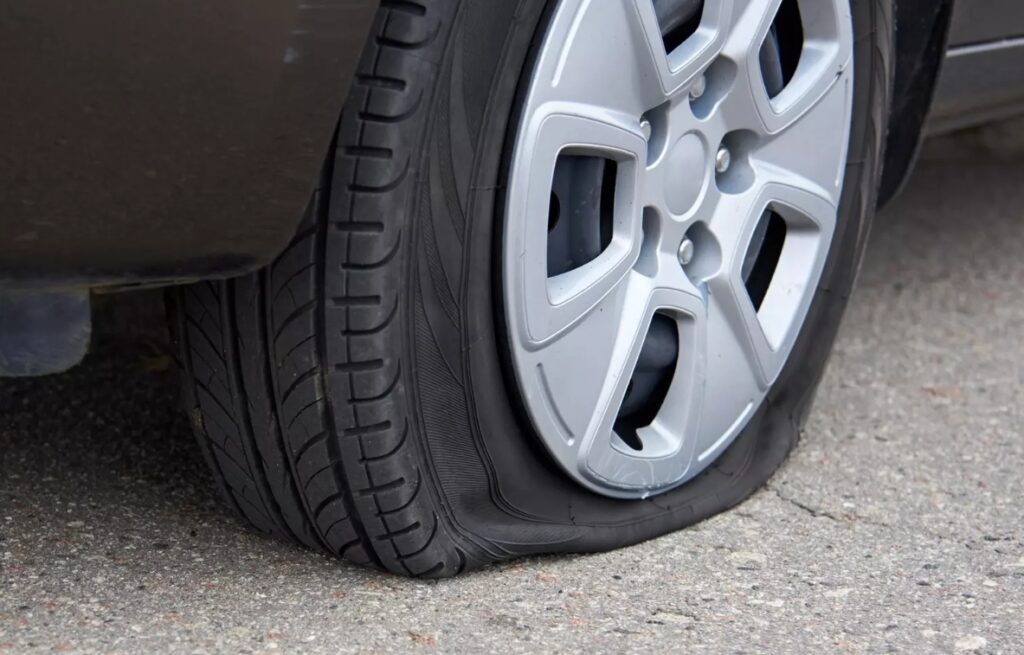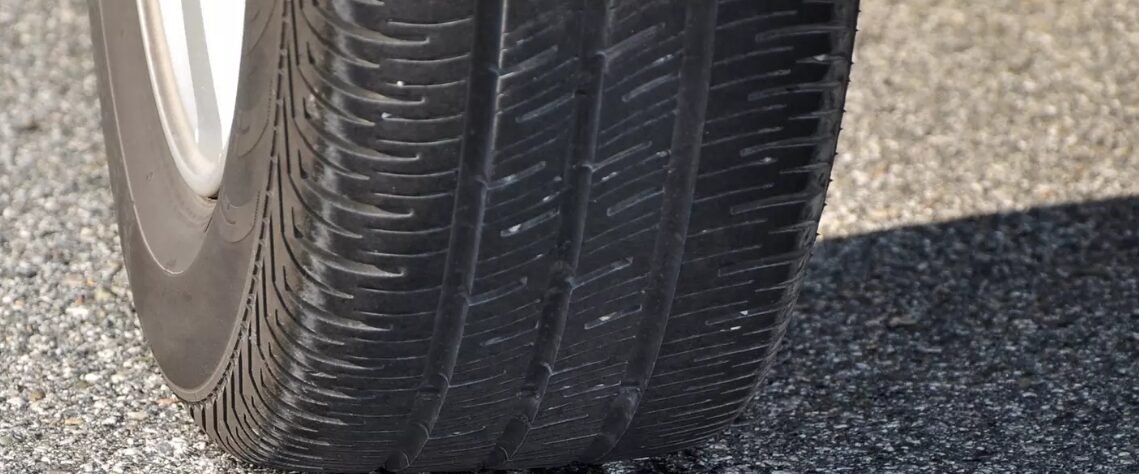Extreme temperatures are always detrimental to car components, but there are certain elements that suffer more than others. The tires are among them and, in addition, they are vital for your safety.
The heat wave, that summer concept that inevitably accompanies us every year in Spain. And, in addition, it usually coincides with our vacations, which in many cases involves long car trips to the beach, the mountains, the town…
Be that as it may, and for whatever reason, the important thing is that the car is also affected by the heat wave, since extreme temperatures push components that already work under a lot of stress even further to the limit.
The effect of heat on tires

During a heat wave, temperatures reach 40ºC in many parts of Spain. They even exceed that figure. This means that a surface with as much capacity to absorb heat as asphalt can even reach twice the temperature.
For its part, the tire is a rubber element that is mounted on a metal rim and maintains its shape thanks to the air that is inserted inside. All these elements -rubber, metal and air- suffer alterations as a result of heat.
During a heat wave, the consequence of all this is that the only element that comes into direct contact with the asphalt, the tire, can withstand temperatures close to 100ºC. And this, inevitably, makes the air pressure go up a lot (and the structure of the tire suffers a lot).
Excess pressure in the tire
This leads us to the first assumption, excess pressure due to the action of heat. In general, if a tire is used at a pressure higher than that recommended by the manufacturer, its wear will be greater in the center of the tread, the braking distance will increase and the car will have less cornering grip. It will also be less comfortable as it cushions the irregularities of the terrain to a lesser extent.
But this will not necessarily cause a blowout, as the tires support very high pressure margins for safety reasons.
The problem comes if the tire is not in perfect condition. That is, if you have cuts, deformations or even a dent in one side as a result of a curb or other impact.
In this case, the structure of the tire has been damaged and excess pressure can cause the casing to give way and cause a blowout.
Insufficient tire pressure

The second assumption is that there is very little pressure in the tire, something very common due to the carelessness of drivers with their maintenance.
This causes higher fuel consumption, excessive wear on the sides of the tread, risk of irregular braking and greater instability in curves. But there is more.
We already know that the increase in temperature increases the air pressure in the wheel. But if this is already too low, the tire carcass will not have enough rigidity to maintain a proper shape and will deform when rolling.
This, combined with the heat of the asphalt, will end up generating overheating of the tire and a structural failure in it. The final result? As in the previous case, a blowout.
How to avoid blowouts and other tire problems during the heat wave
The solution to all these problems during a heat wave is the same as in any other situation: carry out proper maintenance of the tires and always carry the pressure recommended by the manufacturer.
In this way, the wear of the tire will be uniform and the possibility of a structural failure will be minimal. In any case, there can always be curbs or violent impacts against potholes or potholes. Therefore, it is always advisable to carry out a visual inspection to identify any anomaly.
